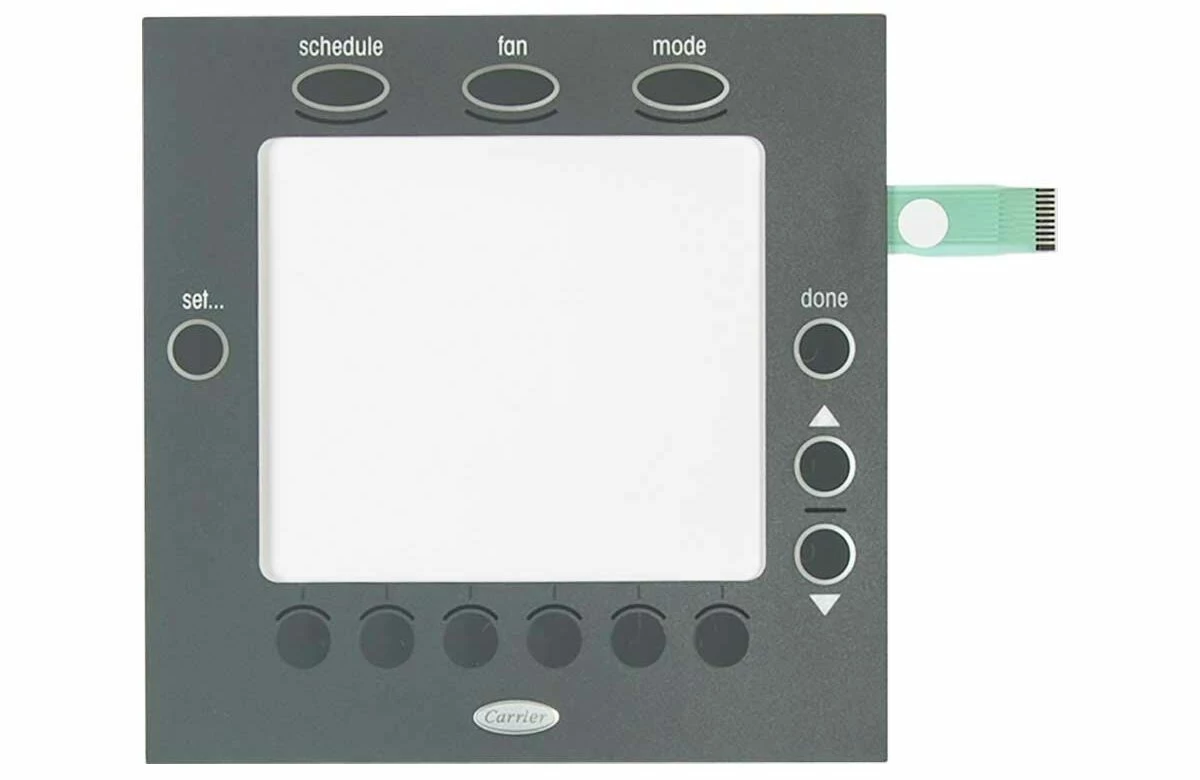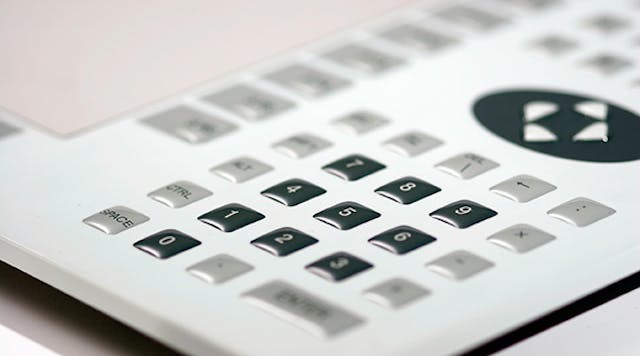Understanding the Relevance of Membrane Switches in Individual Interfaces
Membrane switches are essential parts in the style of efficient interface, promoting not just performance but additionally improving aesthetic allure and individual interaction. Their one-of-a-kind attributes, such as resistance to environmental variables and adjustable designs, make them appropriate for a varied selection of applications throughout multiple sectors. As we check out the numerous benefits and future fads connected with Membrane technology, it comes to be clear that these buttons are greater than just elements; they stand for a merging of technology and functionality. The effects of this modern technology on individual experience deserve checking out additionally.
What Are Membrane Buttons?

The spacer layer, which includes adhesive residential or commercial properties, allows for the splitting up of the circuit layer from the overlay, making certain that the button stays in a non-activated state until pushed. When pressure is applied to the overlay, it presses the spacer layer, connecting the gap and finishing the circuit in the underlying layer. This style not only reduces the physical room required for traditional mechanical buttons yet likewise boosts the durability of the tool, as Membrane buttons are normally resistant to dirt, wetness, and other ecological aspects.
Typically found in applications varying from customer electronics to clinical gadgets, Membrane buttons are essential to modern-day technology, giving a user-friendly and reliable interface that aligns with modern design demands.
Advantages of Membrane Switches
While countless switch modern technologies exist, Membrane Switches deal distinctive advantages that make them specifically desirable in different applications. Among the primary advantages of Membrane switches is their small layout, which permits space-saving implementations in tools where property is restricted. Their thin profile not just boosts aesthetic charm yet additionally helps with light-weight construction.
One more considerable benefit is their resistance to environmental elements. Membrane buttons are typically sealed against wetness, dirt, and impurities, making them perfect for use popular settings, such as clinical devices and industrial equipment. This sturdiness expands the life-span of the button, reducing maintenance costs and enhancing dependability.
Additionally, Membrane buttons can be tailored to fulfill details layout needs, incorporating unique graphics and colors that enhance user interaction. Their tactile feedback options can also be tailored to provide a rewarding individual experience. Additionally, Membrane switches are economical, specifically in high-volume applications, as they can be generated successfully.
Applications in Numerous Industries

In the consumer electronics field, Membrane buttons are common in devices such as microwaves, cleaning equipments, and push-button controls. Their tactile responses and aesthetic options boost individual experience while providing a streamlined, modern appearance. Furthermore, automotive makers use Membrane switches in control panel controls and infotainment systems, where room is limited, and customer interaction is critical.
Additionally, the industrial field leverages Membrane buttons in control panels for machinery and devices, allowing for user-friendly procedure in typically harsh atmospheres. Their resistance to chemicals and dampness makes sure longevity and dependability in these applications. Overall, the versatility of Membrane Switches contributes significantly to their extensive usage, making them essential in numerous technical domains.
Layout Factors To Consider for Membrane Buttons

When making Membrane buttons, numerous essential factors to consider have to be thought about to guarantee ideal capability and customer experience. First of all, the choice of products is essential; choosing sturdy, top quality substratums can improve the switch's click to read durability and resistance to ecological aspects such as dampness and temperature level variations.
Second of all, the layout of the visuals overlay must prioritize clarity and ease of usage. Symbols and text must be legible, and the format needs to assist in user-friendly interaction (membrane switches). Additionally, responsive comments is important; incorporating a responsive dome or various other mechanisms can enhance the customer experience by supplying physical confirmation of activation
An additional vital aspect is the switch's electric efficiency. Designers must make certain that the conductive traces are appropriately designed to decrease resistance and prevent signal interference. This entails examining the required actuation pressure and making certain compatibility with the electronic parts they will user interface with.

Future Trends in Membrane Modern Technology
As innovation proceeds to advancement, Membrane switches are poised to advance substantially, driven by innovations in materials and making techniques. One arising fad is the incorporation of innovative products, such as flexible substrates and conductive inks, which improve resilience and minimize the total weight of Membrane switches. These products not just boost the tactile action yet also permit the layout of buttons that can hold up against harsher environmental problems.
Additionally, the combination of touch-sensitive modern technologies is changing traditional Membrane Switches into more interactive individual interfaces. Capacitive touch sensing units installed within Membrane switch panels can give a more user-friendly and receptive customer experience, aligning with the growing demand for streamlined, modern-day layouts in consumer electronics.
Additionally, developments in printing methods, such as digital and 3D printing, allow fast prototyping and personalization of Membrane switches. This versatility enables producers to respond much more rapidly to market demands and consumer preferences.
Lastly, sustainability is becoming a significant emphasis, with suppliers discovering environmentally friendly materials and procedures. As these fads unravel, the future of Membrane technology promises boosted capability, visual charm, and environmental responsibility, strengthening their duty in sophisticated user interfaces across numerous markets.
Final Thought
In verdict, Membrane Switches stand for an important element in the layout you could try these out of individual interfaces, combining capability with visual versatility. As advancements in innovation proceed, the advancement of Membrane buttons is expected to additional fine-tune customer interfaces, driving development and improving use in an increasingly complex technological landscape.
Membrane switches are indispensable parts in the style of reliable individual interfaces, promoting not only performance however additionally enhancing aesthetic charm and customer communication.Membrane Switches serve as a crucial part in numerous user interfaces, helping with a smooth communication in between customers and electronic devices.While various switch modern technologies exist, Membrane Switches deal distinctive benefits that make them particularly desirable in various applications.Furthermore, Membrane switches can be personalized to satisfy certain layout requirements, incorporating unique graphics and colors that enhance user interaction.In conclusion, Membrane Switches represent an important element in the style of individual interfaces, integrating functionality with aesthetic flexibility.